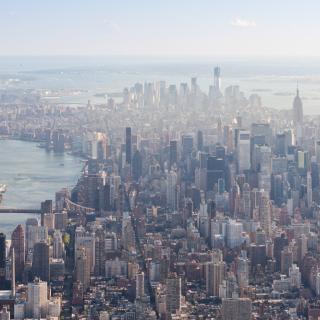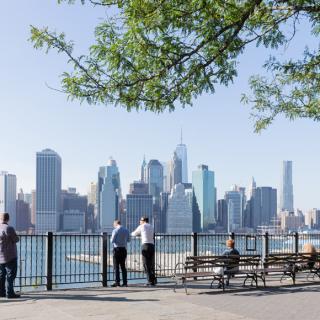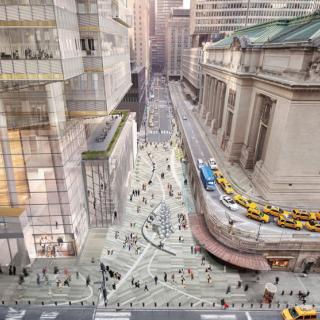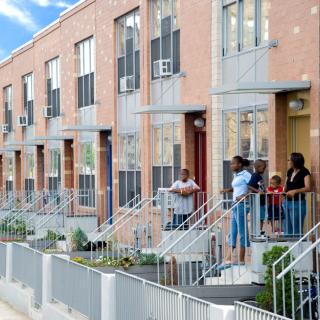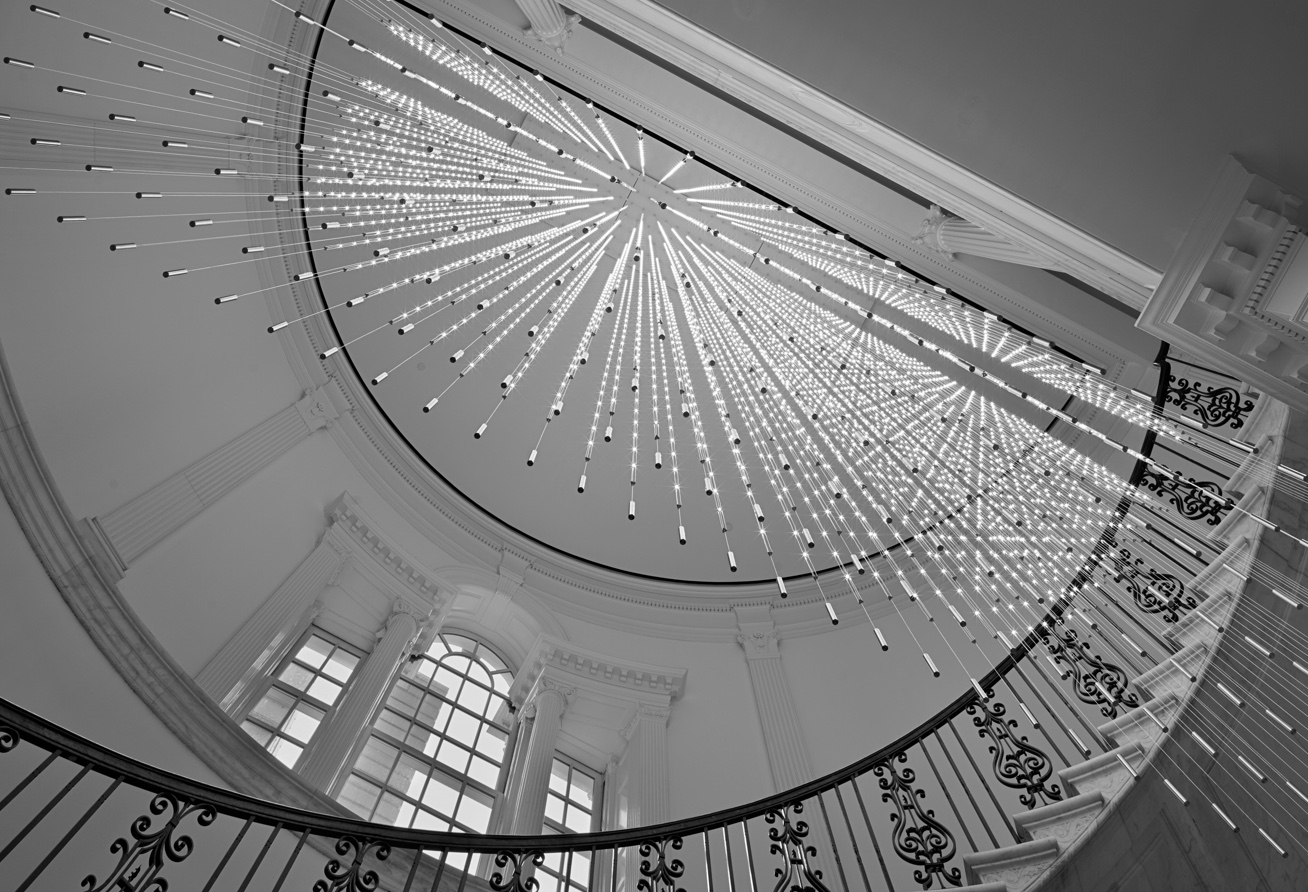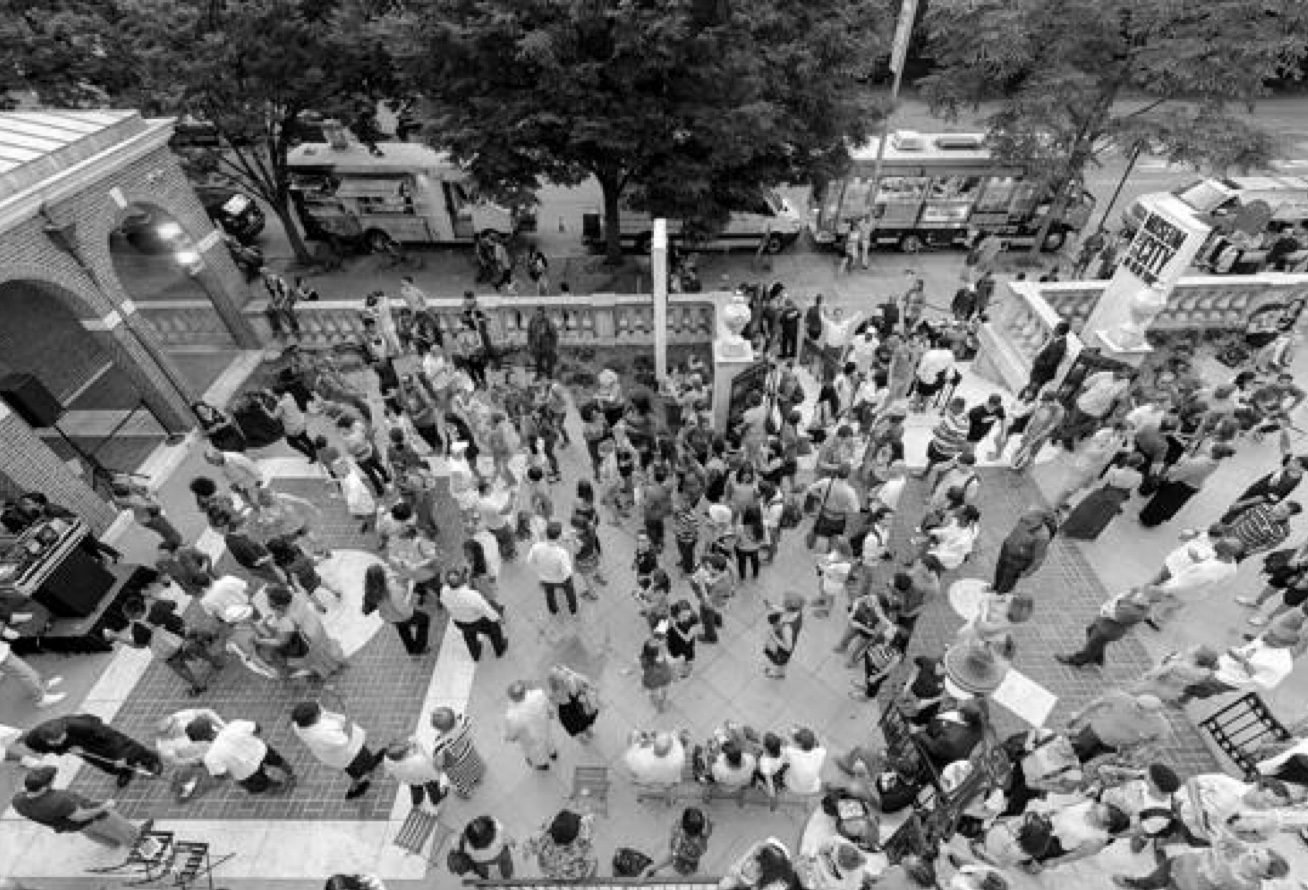Mastering the Metropolis: New York and Zoning, 1916-2016

The character of New York City’s varied neighborhoods is governed by a novel set of rules first shaped by reformers one hundred years ago: the pioneering Zoning Resolution of 1916. Co-presented with The Municipal Art Society, our Mastering the Metropolis: New York and Zoning, 1916-2016 programs chart the city’s evolving approaches to zoning.
Co-Sponsors
Presented in collaboration with The Municipal Art Society.
The public programs series for Mastering the Metropolis is co-sponsored by AIA New York Chapter | Center for Architecture, the New York Department of City Planning, and the New York Academy of Medicine, as well as the Barnard College & Columbia University Architecture Department, the Columbia University Graduate School of Architecture, Planning and Preservation, the Columbia University School of International and Public Affairs, the CUNY School of Architecture, the Friends of the Upper East Side Historic Districts, the Historic Districts Council, the Institute for Public Architecture, theNYC Landmarks Preservation Commission, the NYU Urban Design and Architecture Studies Program, the Regional Plan Association, theRutgers Department of Landscape Architecture, the Society of Architectural Historians, the Urban Planning Student Association at NYU Wagner, and WE ACT for Environmental Justice.
